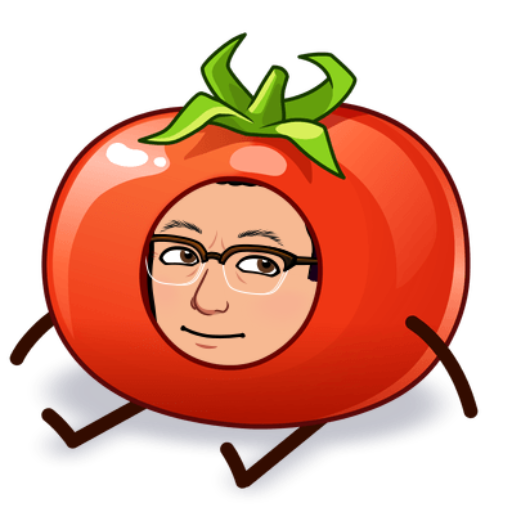
#32 The Kasei Culture
Click here to go to YouTube Video of this episode 🙂

“Having as much of this serenity as possible, even though one knows little – nothing – for certain, is perhaps a better remedy for all diseases than all the things that are sold at the chemist’s shop.” In a letter to his sister, Vincent Van Gogh described the Japanese paintings as such.

“Portrait of Père Tanguy” is one of the masterpieces by Van Gogh. Beloved by the artists of Montmartre in Paris, this art dealer’s background is painted with colorful Japanese paintings. “Japonism” greatly influenced many Western artists of the 19th century.

From the latter half of the 18th century, as Edo’s commerce and industry developed, the center of economy and culture began to shift from Osaka to Edo. The culture, which reflected the tastes of the townspeople of Edo, is called the Kasei culture.

In the field of ukiyo-e, multicolor wood prints called Nishiki-e became popular.

Kitagawa Utamaro is known for beautiful women’s prints,

and Toshusai Sharaku is famous for his portrayals of actors.
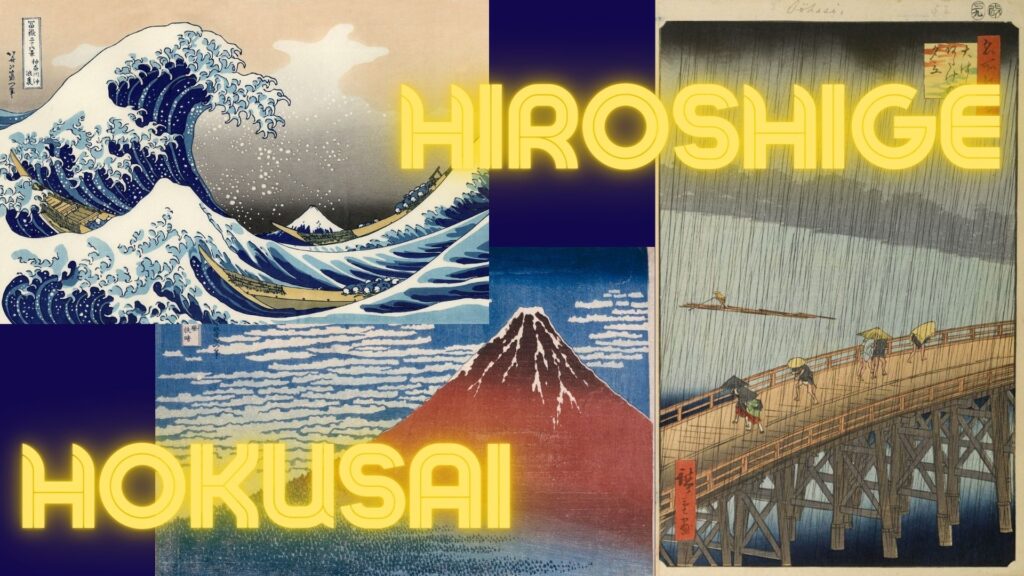
Katsushika Hokusai and Utagawa Hiroshige produced many outstanding landscape paintings.
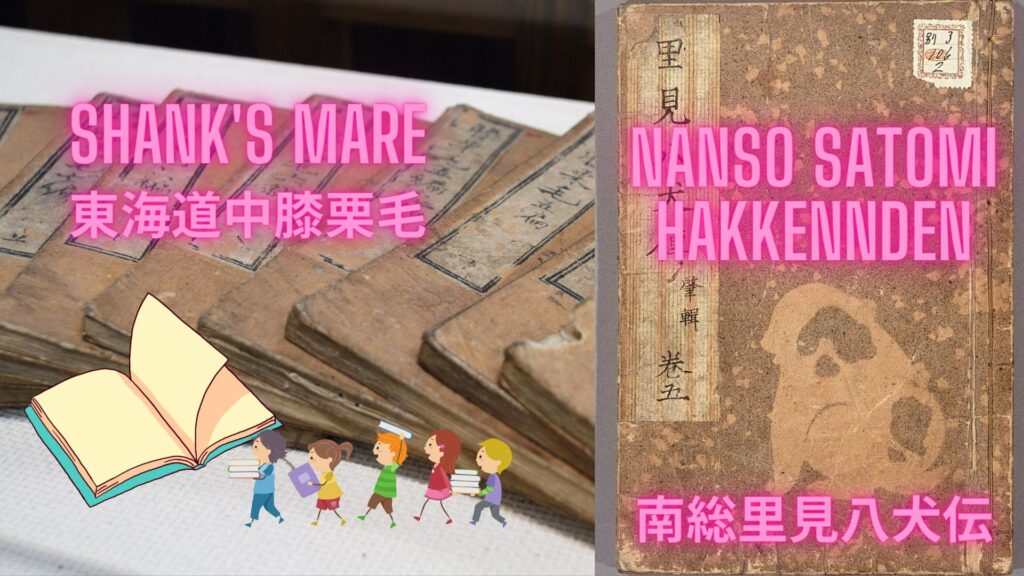
In literature, “Shank’s Mare” by Jippensha Ikku and “Nanso Satomi Hakkenden” by Takizawa Bakin became bestsellers, and book rental shops flourished in Edo.
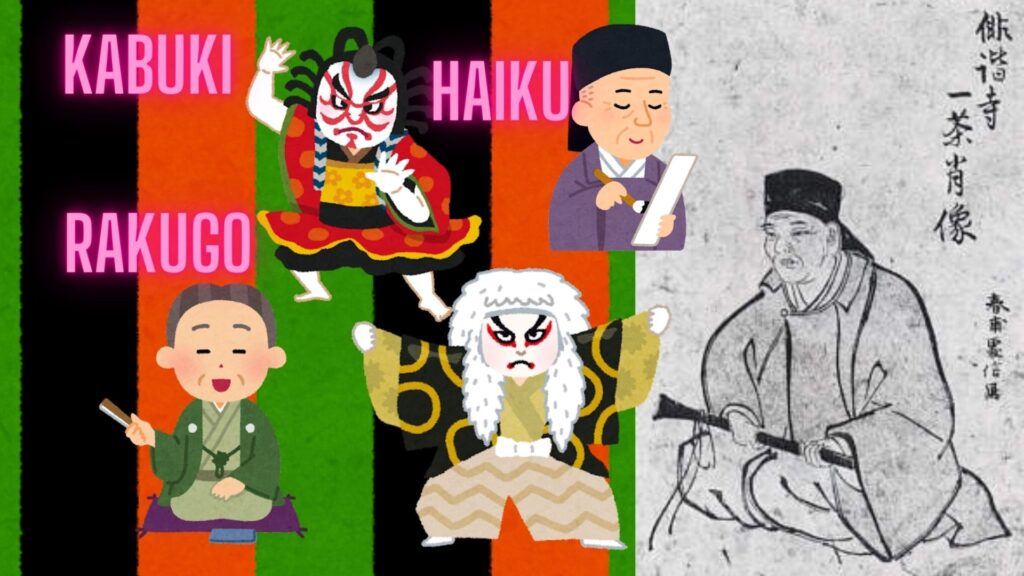
In haiku, Yosa Buson and Kobayashi Issa were active, and the people enjoyed rakugo and kabuki for entertainment, and comic haiku satirizing the shogunate and society became popular.
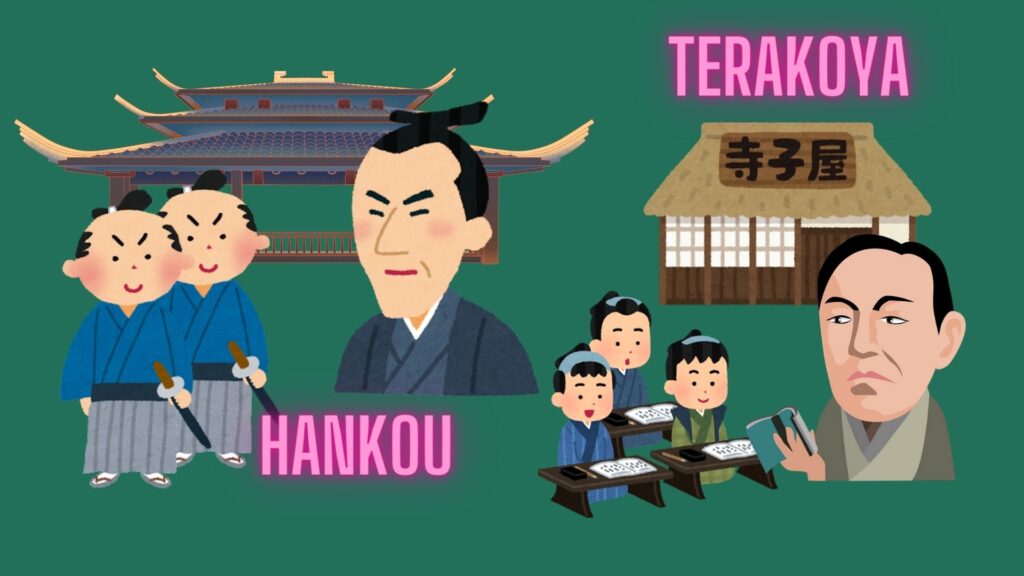
The high literacy rate of the people was very important in the development of its culture. Along with the educational institutions for samurai throughout Japan, many terakoya, or temple schools for children, were opened in towns and villages. Children learned reading, writing, and arithmetic there.
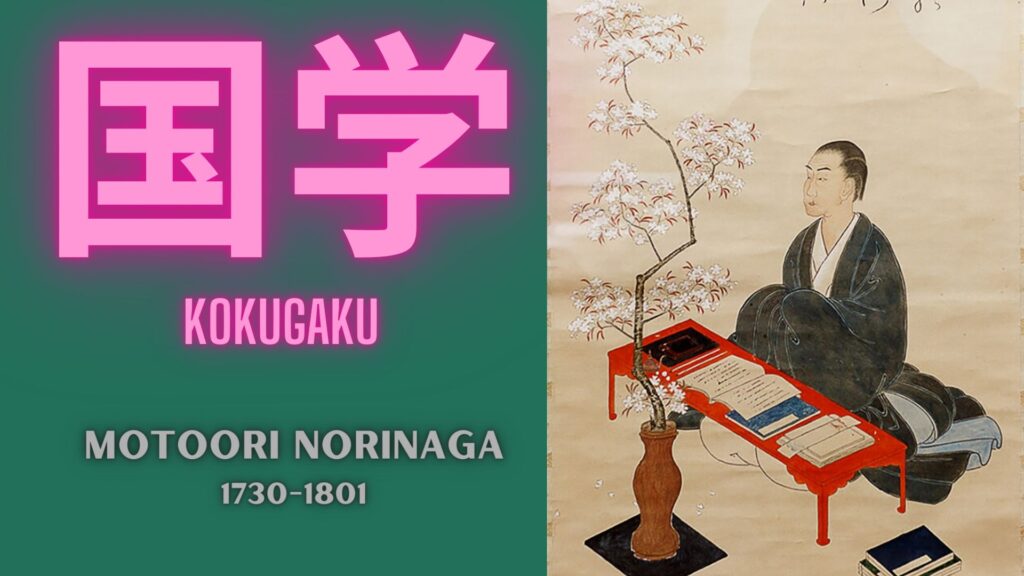
Academic studies also developed. For example, Motoori Norinaga studied the way of thinking of ancient Japan. This had a great influence on later scholars and promoted nationalism within the country.
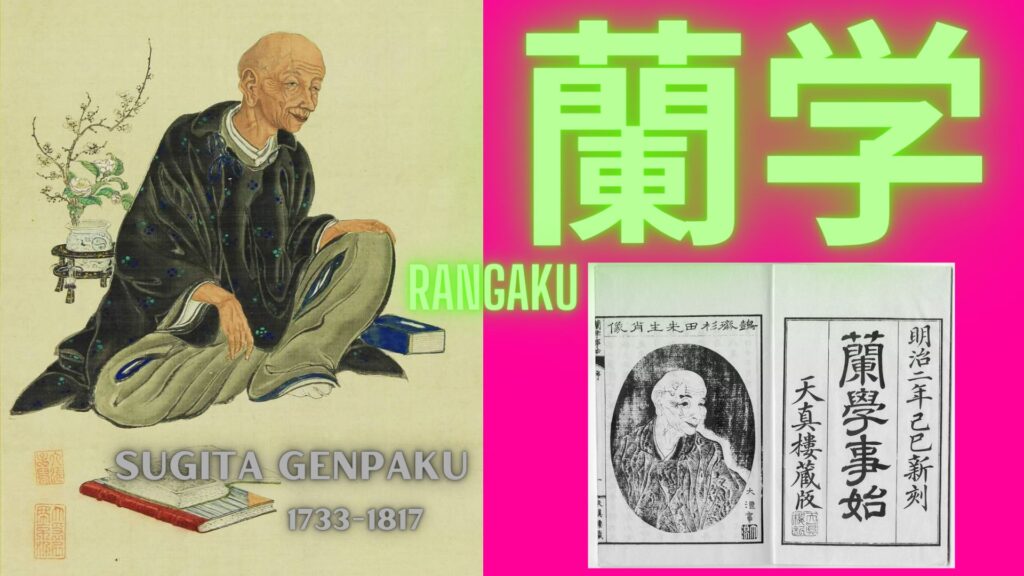
The study of Western learning through the Dutch language, also developed. Sugita Genpaku and his colleagues made great achievements in the study of Western medicine,
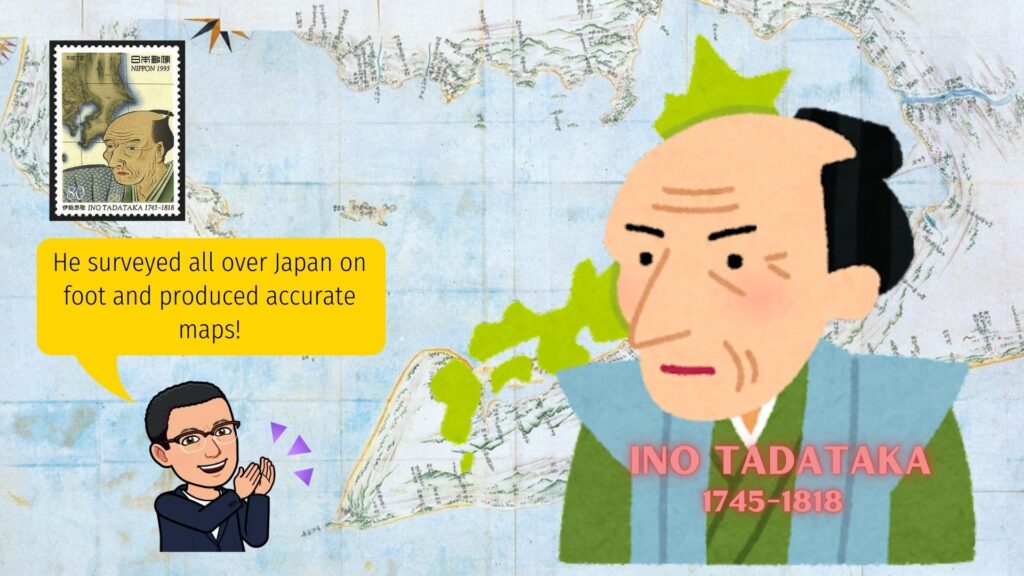
and Ino Tadataka surveyed the entire country and completed an amazing map of Japan.
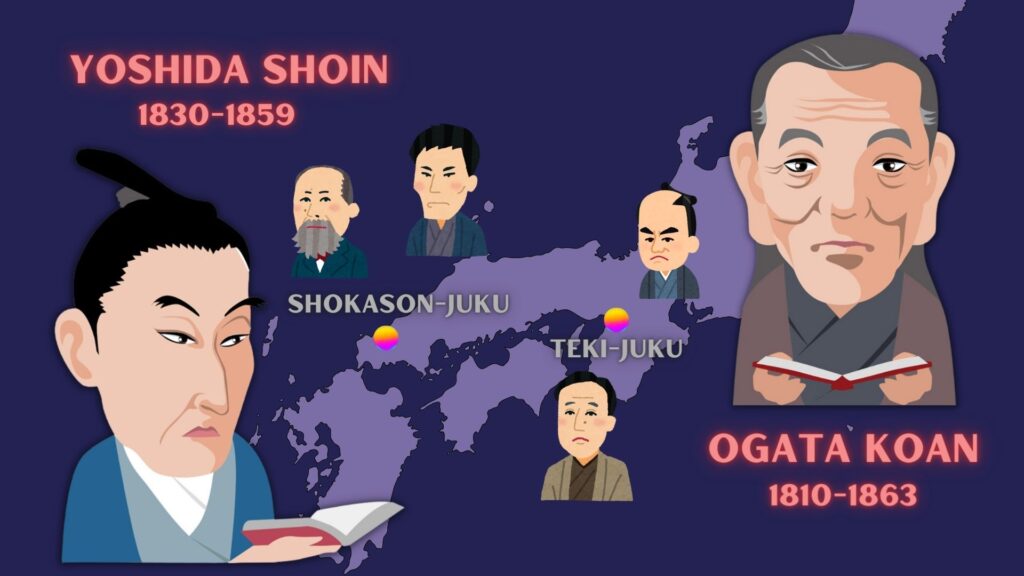
Many private schools were established, such as Tekijuku in Osaka by Ogata Koan and Shokasonjuku in Hagi by Yoshida Shoin, where a bunch of leaders of the next generation who would later change Japan were nurtured.


